8 High-Yield Dividend Stocks That Deserve Your Attention
Interest rates still are flirting with generational lows, making it difficult to put together a portfolio that generates a decent income stream.


Interest rates still are flirting with generational lows, making it difficult to put together a portfolio that generates a decent income stream. Sure, there are high-yield dividend stocks offering sky-high income of 10% or more. But for most investors, what looks too good to be usually is.
But you also want to determine the safety of the dividend, as well as the stock itself. Even in large-cap indexes such as the Standard & Poor’s 500-stock index, there is always a General Electric (GE) lurking to throw that theory out the window. Professional analysts slice and dice a company’s balance sheet using tools that most individual investors do not have. However, there is one quick analysis anyone can do using data that are readily available online for free.
The dividend payout ratio – the dividend per share divided by earnings per share – tells us whether the company earns enough profit to continue paying its dividend. There is no hard-and-fast set of rules to follow, and a payout ratio doesn’t tell the whole story, but a ratio of 50%-70% typically means a company can at least comfortably sustain its current dividend. Below 50%, and it can comfortably grow it. A ratio above 70%, and you have a little more reason for concern.
We also can do a price safety check by looking at simple stock charts. The market itself has a good track record when it comes to assessing the health of a company. In the simplest of terms, if the price of a stock is rising over time, the market is expressing optimism. And if it is falling over time, the market is expressing concern about the company’s direction.
Here are eight high-yield dividend stocks to consider right now. All of them feature safe payout ratios, encouraging price trends and a few other positive fundamentals that should inspire confidence from income investors.
Data is as of April 28. Dividend yields are calculated by annualizing the most recent quarterly payout and dividing by the share price. Payout ratio data provided by Morningstar.

Invesco
- Market value: $8.7 billion
- Dividend yield: 5.7%
- Dividend payout ratio: 55.6%
- 52-week low/high: $15.38/$29.84
- Invesco (IVZ, $21.77) is an investment management company with more than $950 billion in assets under management (AUM). It sponsors some of the largest and most popular exchange-traded funds (ETFs), including the Invesco QQQ Trust (QQQ), once under the retired PowerShares brand name.
One of its more attractive features is its lower valuation relative to its peers, with a forward price/earnings ratio of 9.4. That’s courtesy of an extraordinarily difficult 2018 that saw shares cut by more than half as investors soured on several aspects of the company, including its 2017 purchase of Guggenheim’s ETF business and its 2018 buyout of OppenheimerFunds. The upside of that decline? It has quickly put IVZ among high-yield dividend stocks with an annual payout well north of 5%.
Also, IVZ is rebounding more strongly than the broader market since both bottomed in December 2018. The longer-term decline appears finished, too, potentially giving way to a new rising trend, assisted by its April 25 earnings beat.

PPL Corp.
- Market value: $22.2 billion
- Dividend yield: 5.4%
- Dividend payout ratio: 63.7%
- 52-week low/high: $25.30/$32.89
Pennsylvania-based PPL Corp. (PPL, $30.78) is one of the largest companies in America’s utility sector, serving more than 10 million customers in the United States and the United Kingdom.
It also is a reliable dividend grower, having improved its annual payout for 19 consecutive years – 2019 should mark its 20th given a token upgrade announced earlier this year. And it’s among the more desirable utility stocks for investors looking to the sector for security.
Given the Federal Reserve’s indication that it will not raise short-term interest rates again this year, utility stocks should be able to maintain their appeal. Utilities are typically steady companies whose high yields do make them a bit more sensitive to interest-rate changes, but the overall low level of interest rates should keep income investors interested.
PPL has been in an uptrend for most of the past year. It appears to be in a pullback now, giving investors slightly better prices – and a slightly better yield – to buy into the utility.

Western Union
- Market value: $8.6 billion
- Dividend yield: 4.1%
- Dividend payout ratio: 40.6%
- 52-week low/high: $16.42/$21.37
Most people know Western Union (WU, $19.69) as the company to call when they need to send money to someone. That still is true, but the company also provides payment services in consumer and business segments, and it facilitates cross-border currency transactions.
In potentially one of its most significant moves in years, Western Union recently unveiled a service called PayCode alongside partner Amazon.com (AMZN). This allows Amazon shoppers to pay using local currencies that before would not have been accepted. This may very well take WU into the forefront of online retail.
It is difficult to compare the stock’s current condition with its pre-PayCode trading because it’s the difference between old and new frontiers. But shares have been strong since December, with strong demand outpacing the broader market. The company very well could challenge its multiyear highs around $22.50 if momentum holds up, especially if PayCode demonstrates meaningful success.
The dividend, at roughly 40% of profits, looks very safe, too.
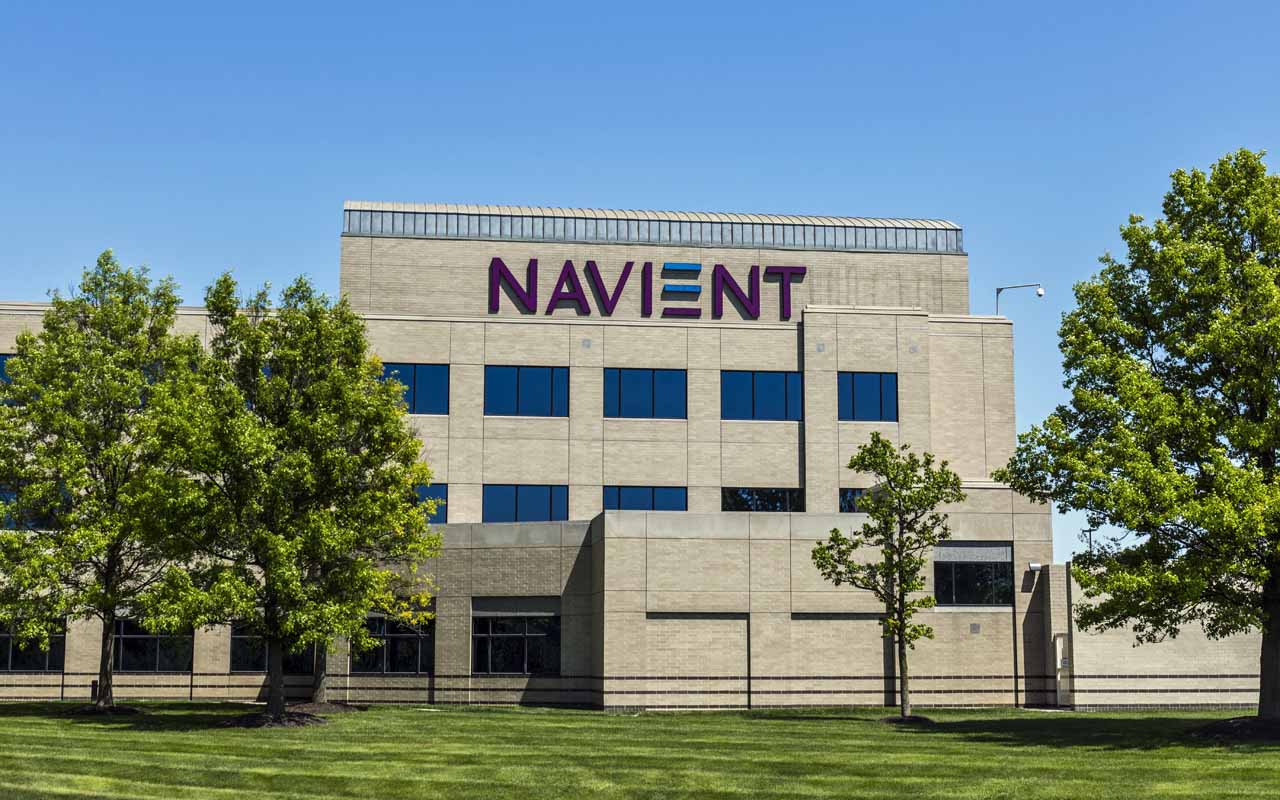
Navient
- Market value: $3.2 billion
- Dividend yield: 4.9%
- Dividend payout ratio: 43.0%
- 52-week low/high: $8.23/$15.03
- Navient (NAVI, $13.20) is a consumer finance company that provides asset management and business processing services for education, health care and all levels of government clients. Some of its products include Federal Family Education Loan Program (FFELP) loans and private education loans, for which it is a major player. The company split from SLM Corp (SLM), the former Sallie Mae, in 2014.
On April 24, Navient announced an earnings surprise of roughly 20% for its first quarter, and it has beaten analyst expectations three-quarters of the time over the past two years. Another positive: Analysts have brought up their full-year 2019 and 2020 earnings estimates for Navient over the past few months.
Just understand that actual growth expectations are low. Those same analysts see the company’s revenues dropping almost 11% this year and nearly 6% next.
But Navient also has a place among high-yield dividend stocks, and that significant payout is plenty safe, at less than half the company’s net income.
Moreover, investor sentiment is improving. NAVI shares have outperformed the broader market since the December 2018 bottom, and it’s in the midst of a “technical breakout” to the upside – where the stock’s price pushes past an important chart level, then stays there, portending further gains – following its earnings report.
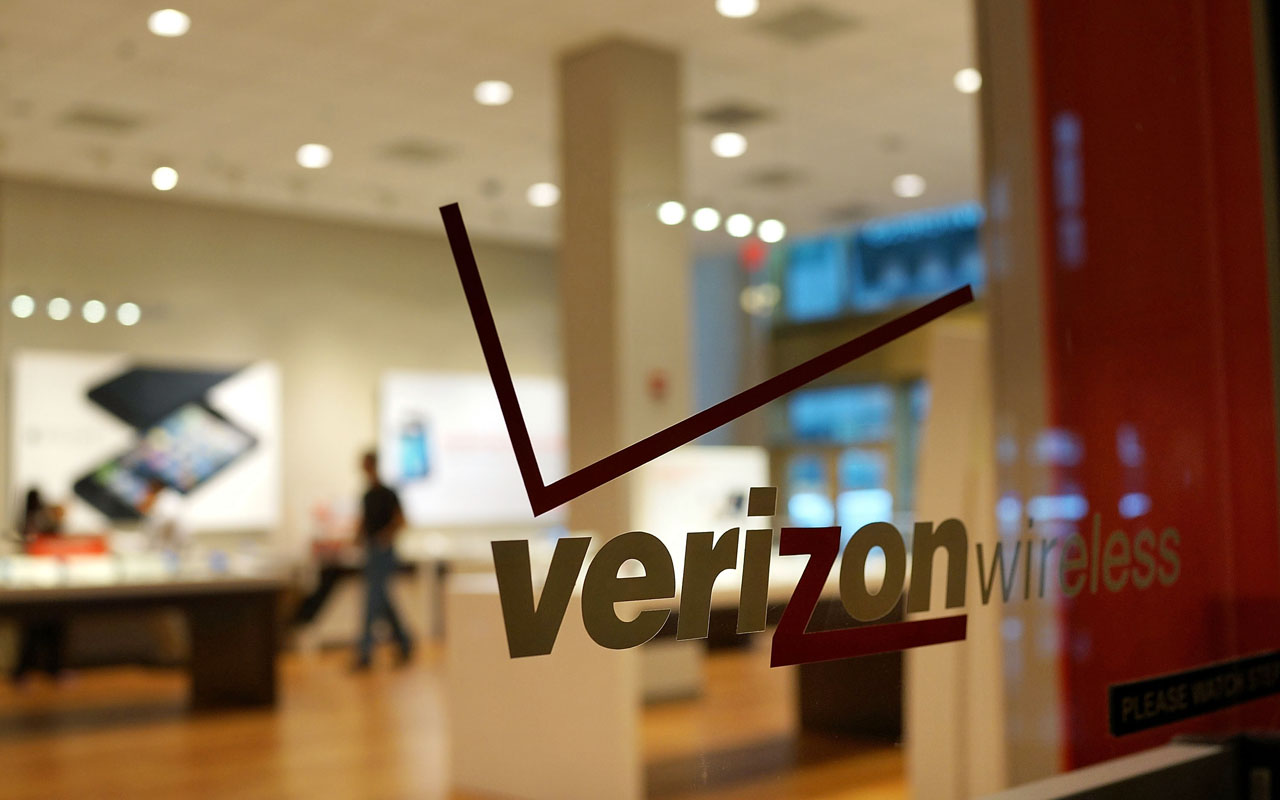
Verizon Communications
- Market value: $223.7 billion
- Dividend yield: 4.3%
- Dividend payout ratio: 63.4%
- 52-week low/high: $46.09/$61.58
- Verizon Communications (VZ, $56.58) is America’s largest telecom company by market cap, providing both wireless and wired services, including voice, broadband, video, data, cloud and networking.
The saturation of the U.S. telecom market and fierce price competition among Verizon and its competitors largely means VZ will never be a hot growth play. Still, there are several bright spots.
On April 23, the company announced that it beat first-quarter earnings estimates revenue was in line. It also raised its outlook because its strategy to focus on building its network and reducing long-term debt has been paying off. This puts it in good position to take advantage of the coming rise in 5G wireless technology.
The share price has been under pressure in recent weeks, and poor results from peer AT&T (T) seemed to drag down the entire sector. However, this dividend stock continues to slowly climb in a long-term uptrend; the company has a very stable, cash-generating core business; and it’s plenty able to pay out its generous 4%-plus dividend.
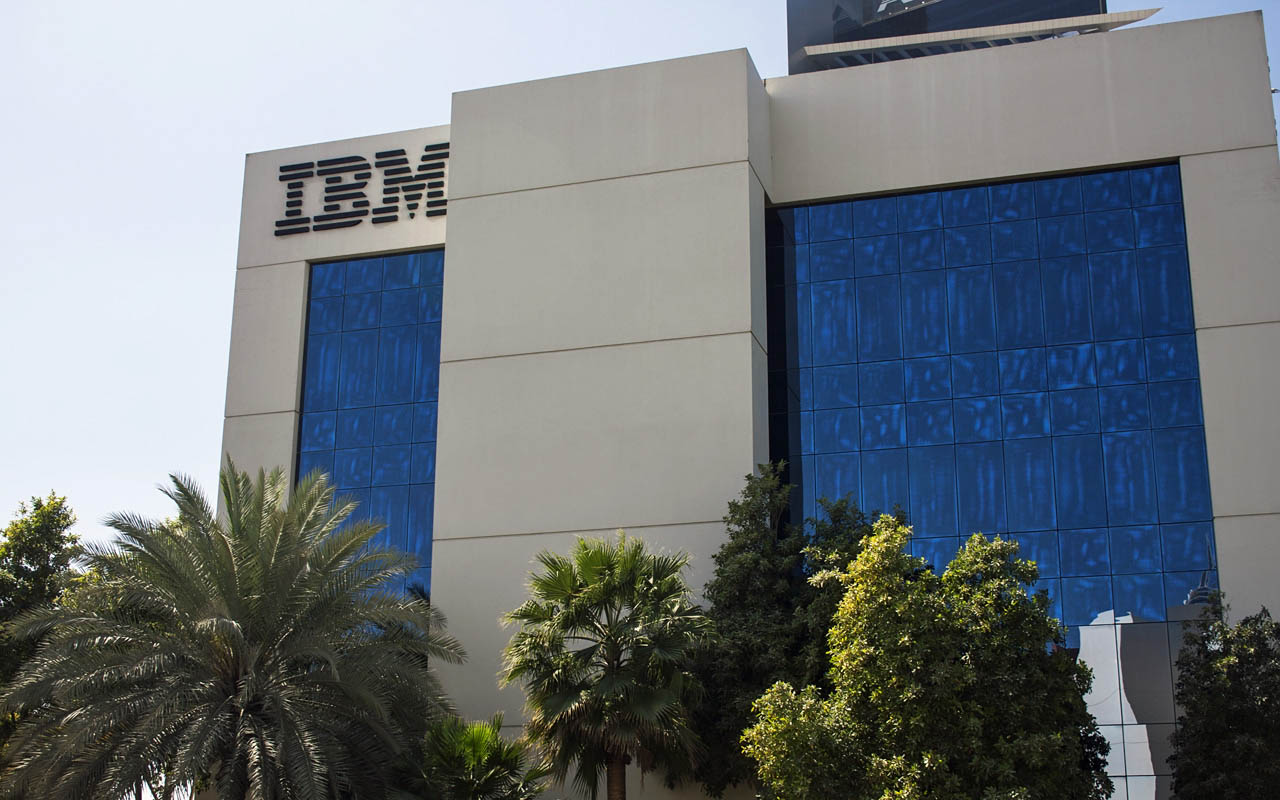
International Business Machines
- Market value: $124.1 billion
- Dividend yield: 4.5%
- Dividend payout ratio: 65.3%
- 52-week low/high: $105.94/$154.36
- International Business Machines (IBM, $139.44) is not the leader it once was. It has been trying to shift from older technologies and is quietly riding new technologies into the future, transforming from a computer hardware maker into a company focused on business services, cloud platforms and global financing.
But IBM finally might be making the right push with its acquisition of Red Hat (RHT), announced last October and expected to close later this year. This will further strengthen IBM’s cloud capabilities as Red Hat is a leading provider of open-source cloud software. Stifel analyst David Grossman thinks the Red Hat acquisition should improve IBM’s competitive position, while BMO Capital’s Keith Bachman sees the acquisition – as well as shedding underperforming assets – as moving in the right direction.
Shares have been under pressure for several years. But even following a considerable post-earnings drop April 17, IBM stock still is up 24% for the year, showing that investors are beginning to regain some confidence. Despite a rocky short-term, the charts are displaying the potential for a long-term technical breakout to the upside. Investors should put IBM on their watch list until it proves its viability.
Those who would prefer to buy shares first and wait out an eventual pop will receive 4.5% annually to do so.

TFS Financial
- Market value: $4.6 billion
- Dividend yield: 6.1%
- Dividend payout ratio: 48.2%*
- 52-week low/high: $14.19/$17.44
High-yield dividend stocks typically don’t come from the financial sector, but there are a few exceptions.
For instance, TFS Financial (TFSL, $16.33) is a holding company in the retail consumer banking sector, offering products such as deposit accounts and mortgage lending. Its structure, which includes a mutual holding company, is on the confusing side Wall Street. That, as well as its status as a midsize company, has resulted in few Wall Street analysts covering the stock. This lack of coverage translates into lack of demand for shares and therefore unrealized share price potential.
As a bank, the interest-rate environment has a big say in its success, and right now the yield curve is still quite flat. In other words, short-term rates (at which the company borrows money) are not much lower than long-term rates (at which the company lends). When the spread is narrow, profits from mortgage lending are squeezed. However, with the Federal Reserve signaling it will not raise short-term rates again in 2019, profit margins have likely bottomed.
What makes TFSL attractive than other stocks with similar price pullbacks is that its dividend payout ratio, at roughly half its net income, is one of the lower ratios among dividend stocks with yields above 4%. That gives it ample reserves to weather any short-term problems now priced in by the market.
What are investors signaling about the stock via their buys and sells? They’ve been soft on TFSL since February, but the stock has remained in a positive overall trend since October 2018.
*Note: The confusing structure also affects payout ratio. TFS Financial is 81% owned by a mutual holding company that has been waiving its right to receive its share of dividends for five years. Some data providers calculate the payout ratio based on dividends per share for all shares held, and thus will show a much higher payout ratio. The payout ratio listed here reflects only the dividends actually paid out to shareholders who have not waived their right to dividends.

People’s United Financial
- Market value: $6.9 billion
- Dividend yield: 4.1%
- Dividend payout ratio: 54.1%
- 52-week low/high: $13.66/$19.37
- People’s United Financial (PBCT, $17.26) is another bank stock that flies well below most investors’ radar. However, with a 25-year string of dividend increases, and the financial security to maintain that streak for years down the road, it really should be more prominent.
The company provides services in commercial banking, retail and business banking, and wealth management services. Part of its strategy is to acquire smaller regional rivals, and it has been fairly active. Zacks Equity Research writes that continued growth in loan and deposit balances indicates an efficient organic growth strategy.
PBCT, like much of the rest of the market, has enjoyed a strong rebound since December. Heavy buying has led the stock to the cusp of a technical breakout that could trigger even more follow-up buying.
Profit and prosper with the best of Kiplinger's advice on investing, taxes, retirement, personal finance and much more. Delivered daily. Enter your email in the box and click Sign Me Up.

-
 'Donroe Doctrine' Pumps Dow 594 Points: Stock Market Today
'Donroe Doctrine' Pumps Dow 594 Points: Stock Market TodayThe S&P 500 rallied but failed to turn the "Santa Claus Rally" indicator positive for 2026.
-
 The Wealth Equation: Balancing Money and Stress
The Wealth Equation: Balancing Money and StressSponsored Don’t let assets be a liability that strains your family.
-
 Is Your Emergency Fund Running Low? Here's How to Bulk It Up
Is Your Emergency Fund Running Low? Here's How to Bulk It UpIf you're struggling right now, you're not alone. Here's how you can identify financial issues, implement a budget and prioritize rebuilding your emergency fund.
-
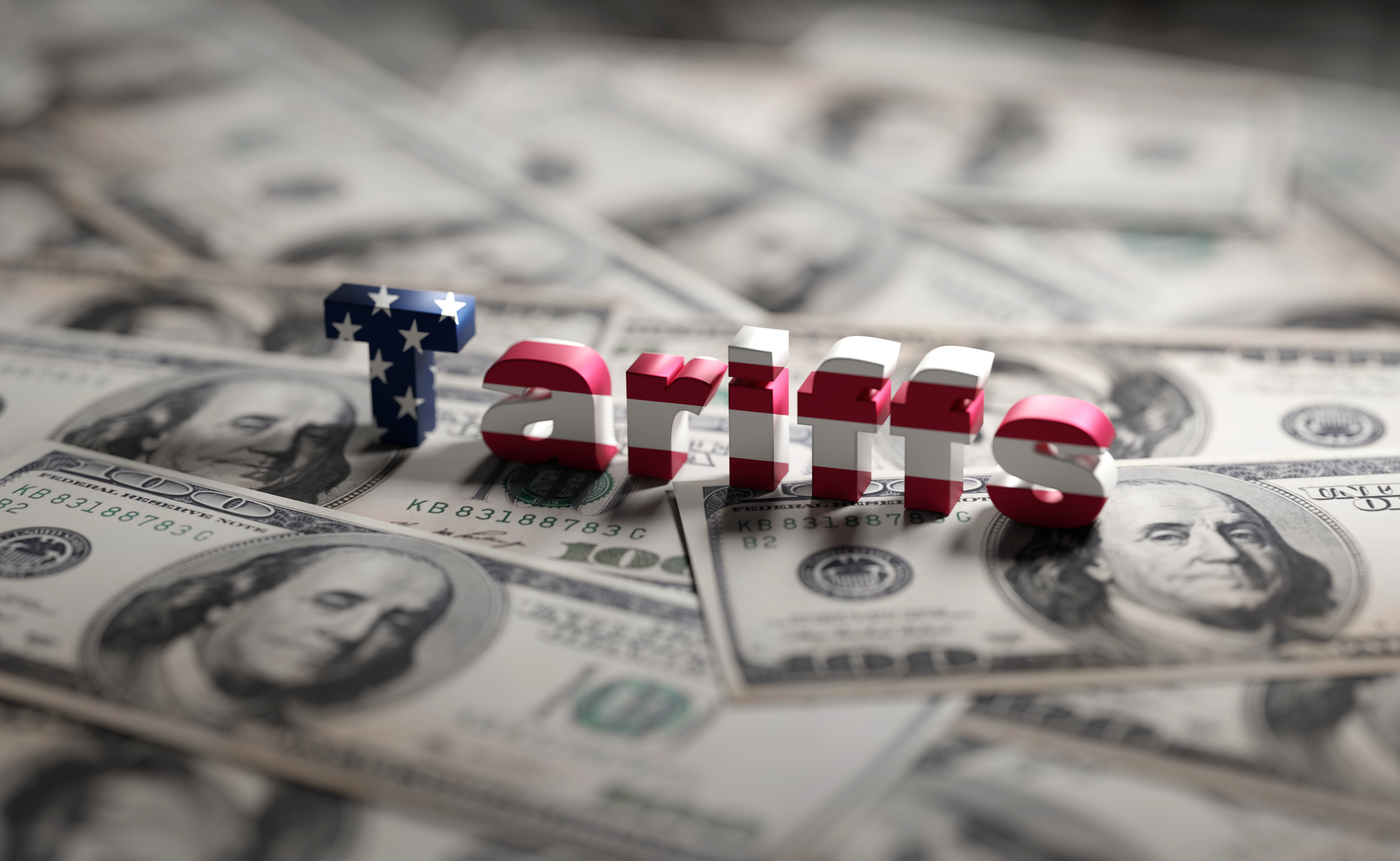 What Tariffs Mean for Your Sector Exposure
What Tariffs Mean for Your Sector ExposureNew, higher and changing tariffs will ripple through the economy and into share prices for many quarters to come.
-
 Stock Market Today: S&P 500 Hits High After Verizon Earnings
Stock Market Today: S&P 500 Hits High After Verizon EarningsThe Nasdaq also notched a new high on Monday, while the Dow finished with a marginal loss.
-
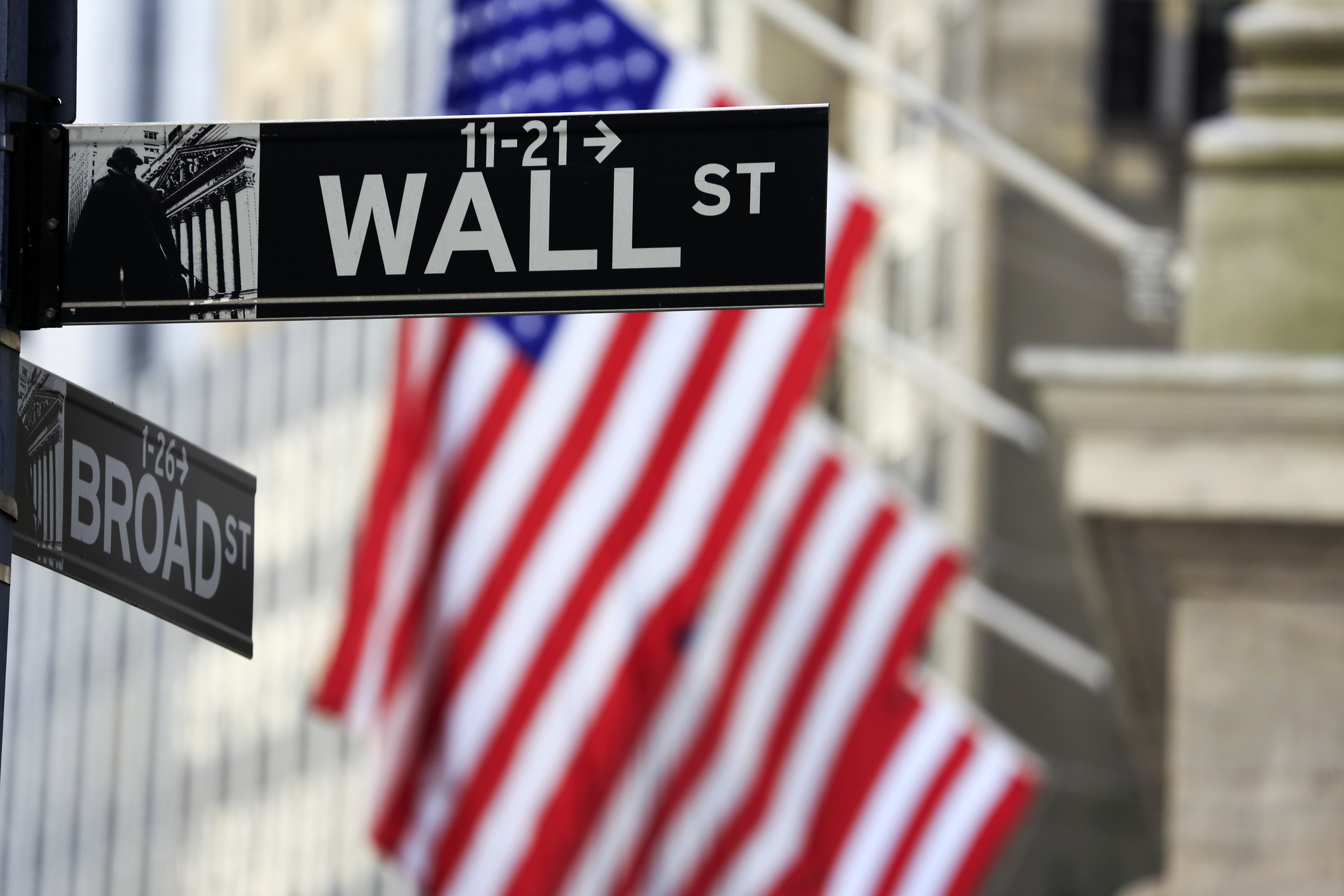 What Wall Street's CEOs Are Saying About Trump's Tariffs
What Wall Street's CEOs Are Saying About Trump's TariffsWe're in the thick of earnings season, and corporate America has plenty to say about the Trump administration's trade policy.
-
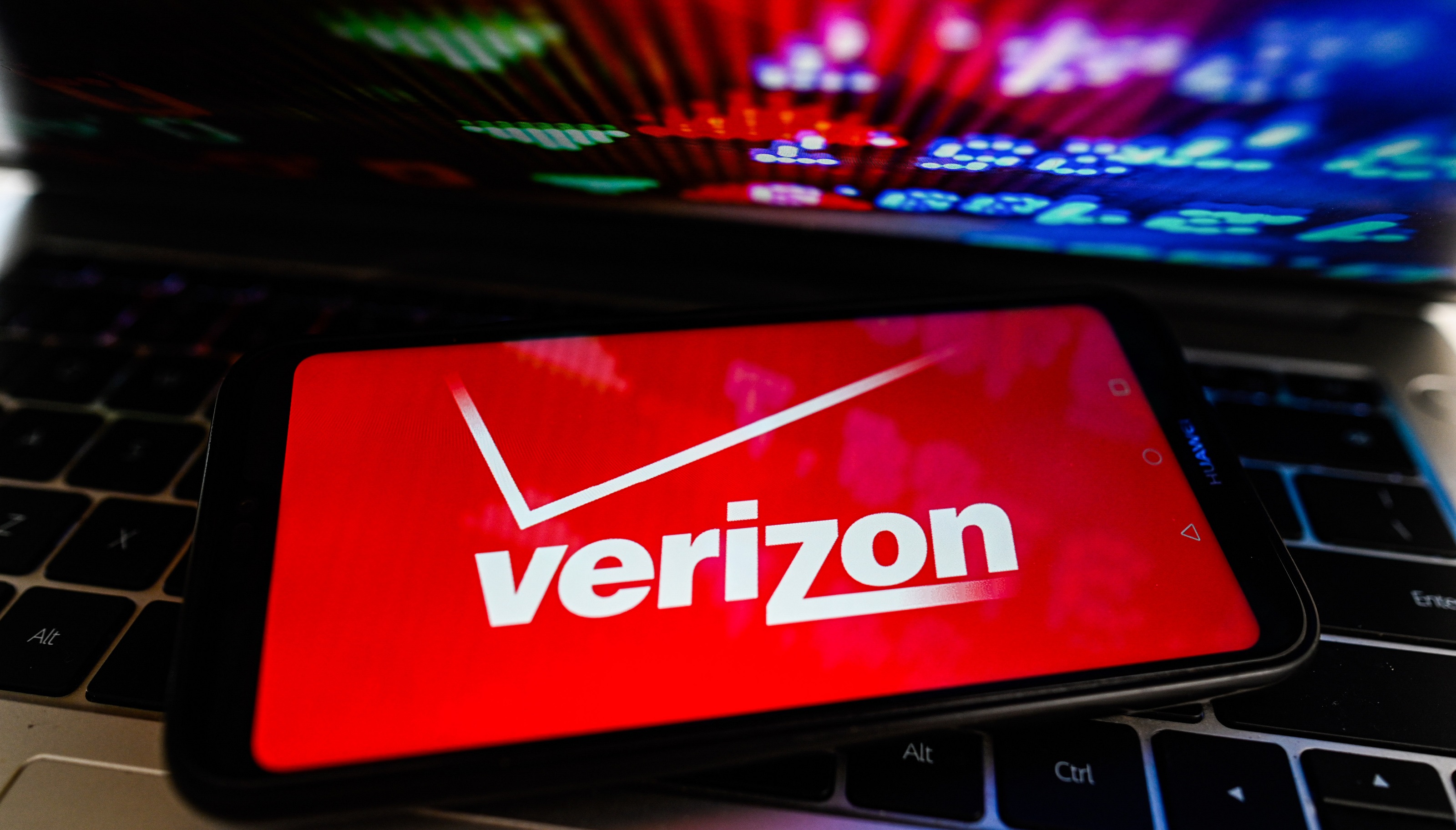 Verizon Sails to the Top of the Dow After Earnings Beat: What to Know
Verizon Sails to the Top of the Dow After Earnings Beat: What to KnowVerizon stock is one of the best Dow Jones stocks Friday after the telecommunications giant beat estimates for its fourth quarter. Here's what you need to know.
-
 The 24 Cheapest Places To Retire in the US
The 24 Cheapest Places To Retire in the USWhen you're trying to balance a fixed income with an enjoyable retirement, the cost of living is a crucial factor to consider. Is your city the best?
-
 Stock Market Today: Stocks Struggle for Direction as Earnings Roll In
Stock Market Today: Stocks Struggle for Direction as Earnings Roll InWhile General Motors stock soared after earnings, GE Aerospace and Verizon slumped.
-
 Stock Market Today: Stocks End Mixed Ahead of August Jobs Report
Stock Market Today: Stocks End Mixed Ahead of August Jobs ReportThe main indexes struggled for direction Thursday after data showed the labor market continued to cool.
-
 Verizon to Buy Frontier Communications, Hikes Dividend
Verizon to Buy Frontier Communications, Hikes DividendVerizon's purchase of Frontier will significantly expand its fiber footprint across the United States. Here's what you need to know.
